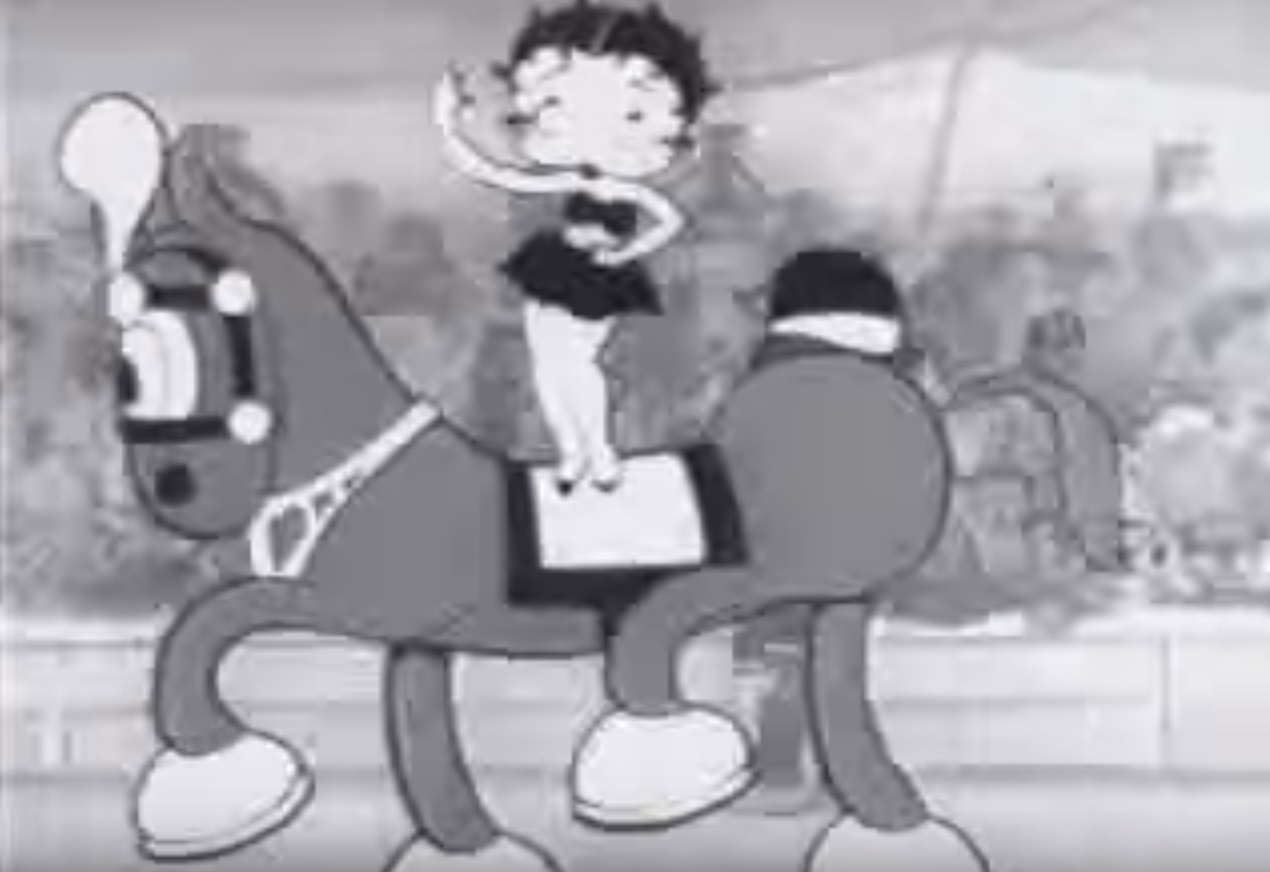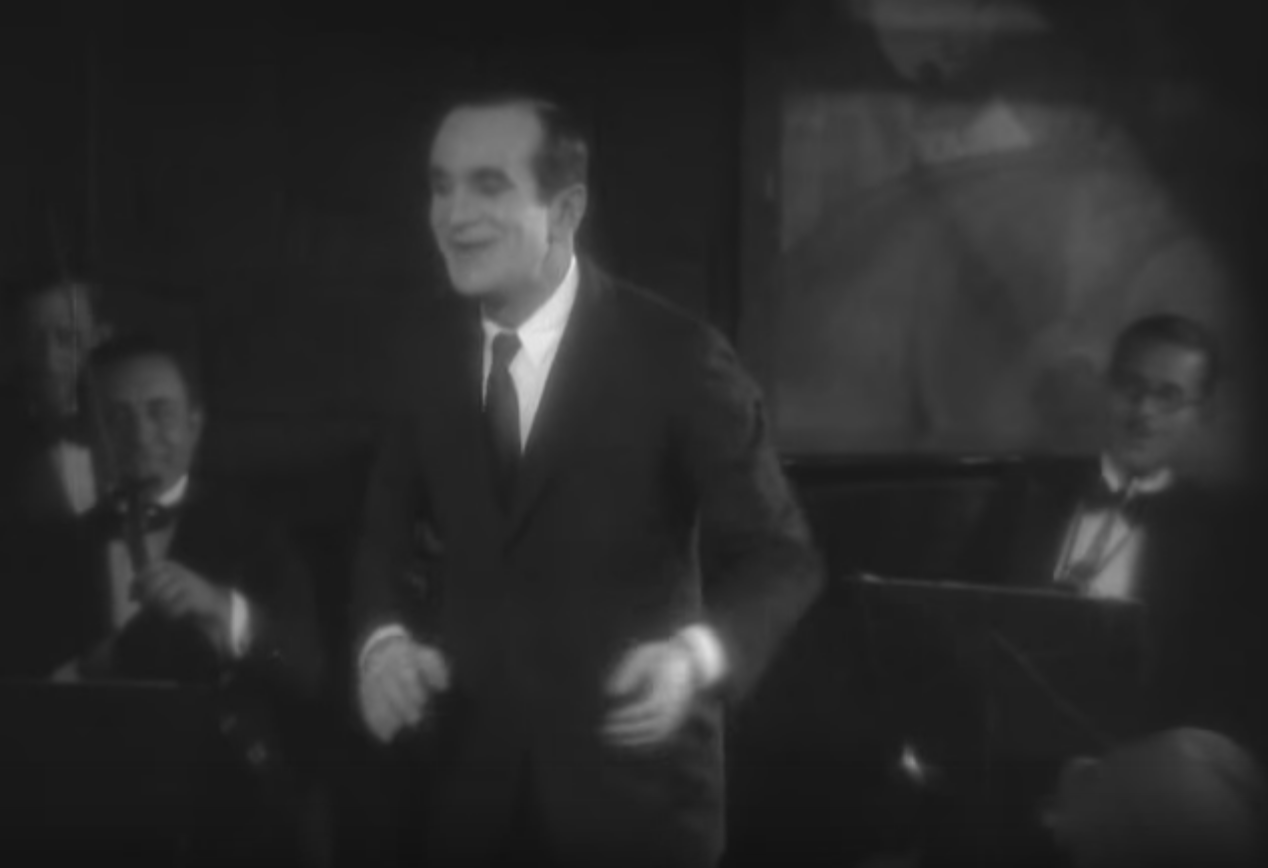Flappers and Gangsters Ruled the Silver Screen
Scroll to read more



Flappers and Gangsters Ruled the Silver Screen
The Prohibition era was a time of dramatic cultural change in America, and this was reflected in the movies that were made.
Prohibition-era comedies, dramas and gangster flicks that clicked with Americans often portrayed the loosening of Victorian expectations for women as well as the rise of organized crime across the country. The 1920s also marked the transition from silent to sound pictures.
The 1927 romantic comedy It starred Clara Bow as a salesgirl with an “it” quality of personality and attractiveness. Bow’s character pursues the good-looking playboy owner of the shop where she works. This silent film portrays what were then regarded as the most desirable aspects of femininity, from cropped coifs to flapper fashion.
The first major movie to use sound was The Jazz Singer released in 1927. Starring pop singer Al Jolson, the story is about a father’s wish for his son to continue the family’s religious tradition versus the draw that jazz music has on a young hopeful singer. The Jazz Singer embodied the desire among young Americans at that time to spread their wings.
One of the first Mob-related dramas, Romance of the Underworld, was released in the United States in 1928. Featuring Mary Aster, Ben Bard and Robert Elliott, this silent film depicts the troubles of a gangster’s girlfriend after she is picked up by the police when his speakeasy is raided. Saved by a policeman, she begins waitressing to save money for college, meets a nice man and falls in love. This film embodies the glamour of the era while telling the story of American determinism.
Another early gangster film is 1928’s The Racket, which features an honest police captain who encounters a powerful bootlegger protected by corrupt politicians and judges. A plan unfolds to bring down the bootlegger with the unlikely assistance of news reporters and a nightclub singer.
“It girl” Clara Bow once again set the big screen on fire with Ladies of the Mob. This 1928 crime drama is about a deceased criminal’s daughter who falls for a small-time crook. She tries her best to reform him before he ends up like her father.
A discussion of 1920s movies would not be complete without mention of Charlie Chaplin, perhaps the era’s biggest film star. The Circus is a 1928 silent picture about a tramp at the circus who is given a janitorial job in the big top. He falls in love with the owner’s acrobatic stepdaughter but has to fight for her affections.
Two of the most memorable Mob movies of the Prohibition era were released toward the end of it. The 1931 film The Public Enemy, starring James Cagney, depicts the lucrative bootlegging life in Chicago. Cagney’s tough character includes the Robin Hood image that gangsters had in the eyes of some members of the public in those days.
The original Scarface, subtitled Shame of a Nation, was released in 1932. Produced by Howard Hughes, the film roughly recounts the rise of Al Capone in Chicago and his battles with rival gangs. The film includes a scene that echoes the St. Valentine’s Day Massacre, as well as a memorable character played by George Raft, who later became a close friend of Benjamin “Bugsy” Siegel and other Mob figures.
An enduring film icon of the Prohibition era is the cartoon character Betty Boop, a caricature of a Prohibition-era flapper with cropped hair, big eyes and bold lips. She first appeared in the cartoon Dizzy Dishes in 1930. Mickey Mouse is another timeless cartoon character created during Prohibition.
A number of more recent films have effectively re-created the glitz and grit of the Prohibition era, including Some Like It Hot (1959), The Cotton Club (1984), The Untouchables (1987), Harlem Nights (1989), Road to Perdition (2002), Midnight in Paris (2011) and The Great Gatsby (2013).
Next Story: Prohibition Sparked a Women’s Fashion Revolution